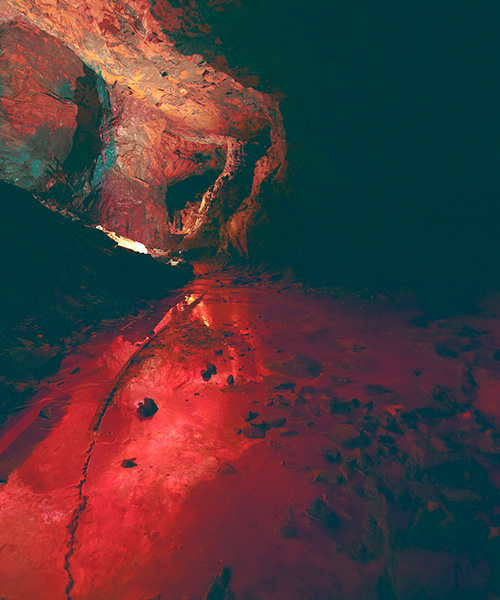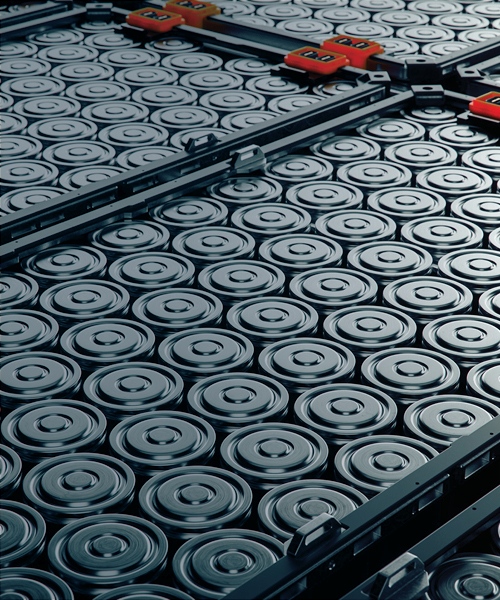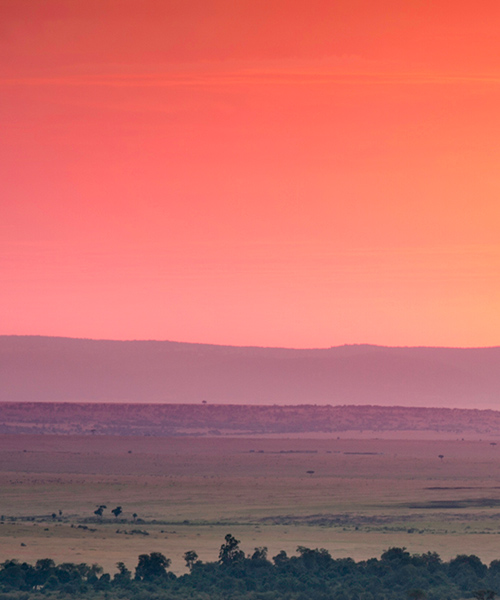January 02, 2024 • 5 min read
Can the Middle East become the world center of energy transition minerals?
Saudi Arabia’s opportunity to capitalize on growing demand for minerals and metals
The looming demand for key energy transition materials – including copper, lithium, nickel, and graphite – far outweighs current supply. With research suggesting that investments in mining may need to increase by US$400 billion per year by 2030.
“The global mining sector needs to find, extract and process these materials on a scale we’ve never seen before,” says Darryn Quayle, Vice President, Resources. “And while the Middle East is not a traditional mining region, it’s set to have a growing role in meeting the deficit of energy transition materials required for lower carbon technologies.”
The underexplored potential of the Tethyan belt
“Meeting future materials demand will be a global effort,” according to Quayle.
“Africa is set to play a part in supplying critical materials for batteries, wind turbines and other lower carbon technologies,” he says. “However, the global drive for net zero emissions is intensifying the focus on new mining regions.”
The Tethyan mineral belt is a geological foundation that extends across two continents and 33 countries – from France in the west, through the Middle East and ending in Malaysia. The belt is rich in base metals. Yet, to date, much of it is underexplored.
“The belt is uncharted, compared to mining zones in the Andes or Africa. But there are considerable deposits of copper, lithium, and other energy transition materials beneath the surface.”
Saudi Arabia’s shift to a lower carbon economy
The growing demand for energy transition materials comes at a key time for Saudi Arabia, as it undergoes the most significant economic and cultural transformation in its history.
“The Kingdom continues to become more outward facing and progressive while diversifying its traditional oil and gas economy,” says Quayle. “Its government understands miners and manufacturers need access to lower carbon energy, which in part has influenced the country’s own commitment to decarbonize by 2060.”
The Kingdom's mining industry is a key part of the decarbonization solution. But it also needs to decarbonize. And that’s easier in some places than others.
As Quayle explains, the energy transition requires the use of lower carbon energy to power mine sites and processing facilities wherever possible. And that begins from the moment mining companies extract materials out of the ground.
“Mining and its supply chain consume around 12 percent of globally produced energy today. In some developing countries, this figure increases to more than 20 percent of the total energy produced. This is the reality of extracting and processing energy transition materials, where initial battery production consumes 20 times the amount of energy to produce a battery than its holding capacity.
“Over the life of a battery, the CO2 savings add up many times over,” Quayle continues. “However, if an anode in the battery of an electric vehicle is produced using coal fired power, its CO2 footprint is higher than if that energy came from a renewable source. That’s why the CO2 intensity of the energy used to extract raw materials and then manufacture the anode or cathode – the critical components of a battery – is so important.”
Diversifying the Middle East’s energy sources to support sustainable mining
The Middle East, and in particular Saudi Arabia, enjoys vast geographic advantages to support sustainable, large scale mining and processing.
“Saudi Arabia also has vast solar and wind resources above ground to produce renewable energy,” says Quayle. “If mining companies and minerals processors in the Kingdom can use renewable energy to power their operations, they can extract and process these energy transition materials more cheaply, and with a lower carbon footprint. And that’s exactly what buyers of these sustainability focused materials are looking for.”
As a result, Saudi Arabia is setting itself up as the destination for energy intensive industries, powered by lower carbon energy. And that’s not just mining, but also as anode and cathode manufacturing for batteries.
“The infrastructure needs development, but the intention to upscale is clear,” says Quayle. “Plans are in place to triple the rail network and add an additional 1,000 km of track to transport the million tonnes of raw materials to processing facilities, ports, and to destinations around the world.”
Meeting materials demand from global gigafactories
The expanding global appetite for raw materials is coming from ‘gigafactories’, which are giant battery plants that produce hundreds of thousands of battery packs for electric cars.
“There are 302 gigafactories under construction globally,” says Quayle. “More than 200 are in China, and the rest are in the West. These gigafactories need more materials used in batteries than we can supply them with today.”
According to Quayle, Saudi Arabia can aggregate large amounts of high quality cathode and anode material, and then ship it to battery makers’ gigafactories.
“Provided a mine produces a product that meets a certain specification, producers can sell it to an interim cathode or anode maker,” explains Quayle. “The Kingdom can produce large amounts of high quality cathode and anode material from a central facility, and then ship it to customers in Europe, North America and Asia.
“And if Saudi Arabian producers can process the raw materials near to the mines, that could save significant transport costs and reduce inefficiencies in the supply chain. And Saudi Arabia can do it with cheap, renewable energy.”
Saudi Arabia’s role in the next industrial revolution
Saudi Arabia has a long history of executing large and technical infrastructure projects in the oil and gas industry, which have similar considerations to modern mining projects.
“The mining industry needs to work together to solve some fundamental challenges in a short time, including supply chain disruptions and raw material shortages,” says Quayle. “But this is a once-in-a-generation opportunity for aspiring miners with underexplored deposits of critical decarbonization materials beneath their feet, like those in the Middle East.
“Saudi Arabia can diversify its economy and supply an entirely new set of customers, who are wholly focused on decarbonization,” continues Quayle. “And it can accelerate carbon neutrality by supplying the vital resources from the Tethyan belt to the world.”







